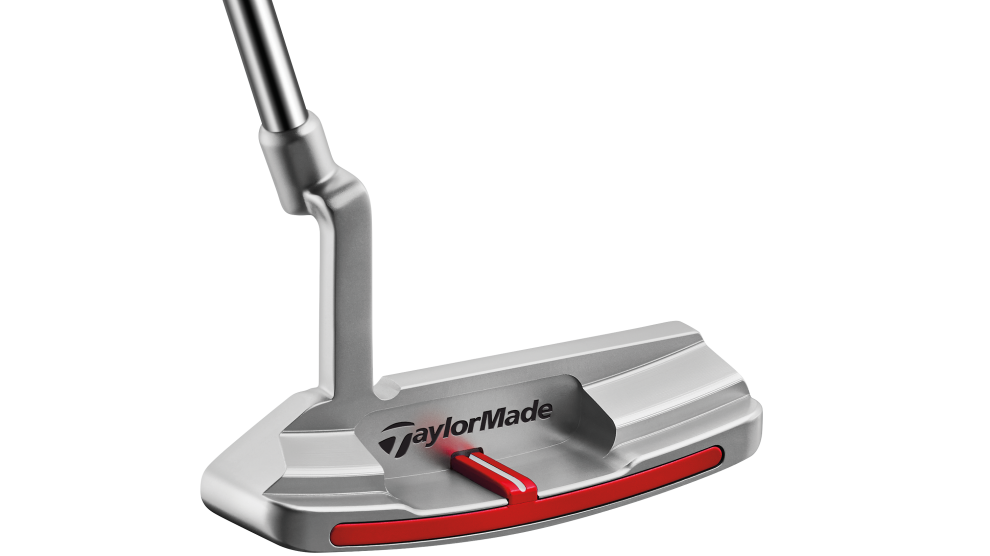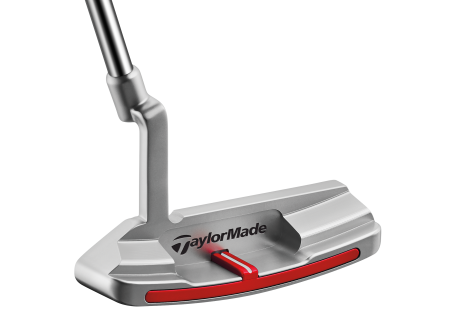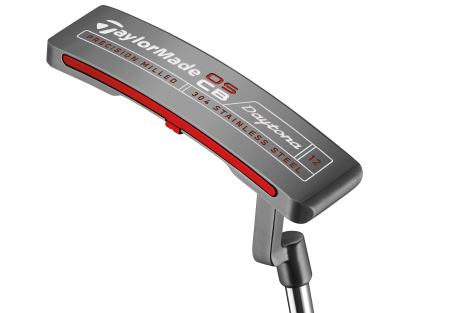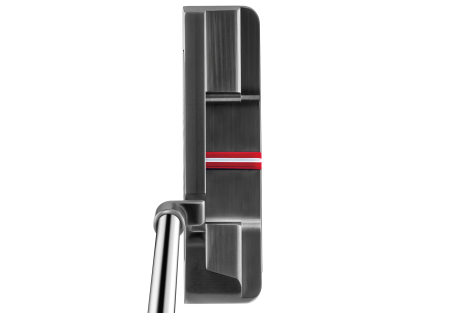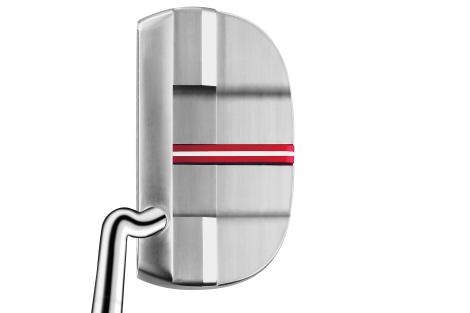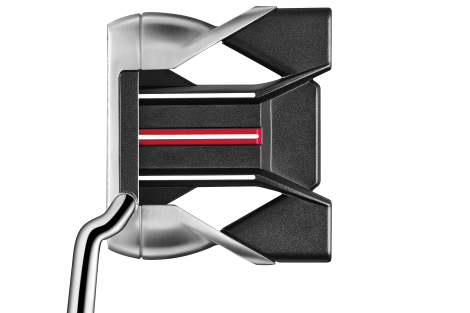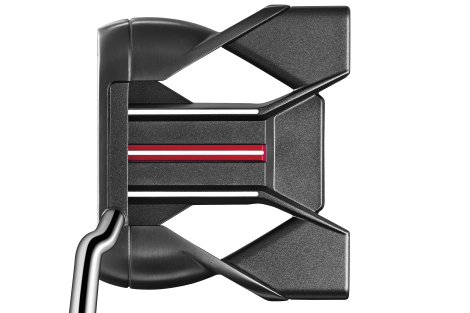If you've been around golf for a while -- say, 10 years -- then you've seen your driver heads change drastically, if not in the materials used to build them, then certainly in their size.
The same is true with your irons. Even in a muscleback iron, the heads have gotten bigger. Outside of that type of iron, the construction has of those heads has changed dramatically as well.
However, all of those changes didn't happen at once. They took time -- in part limited by what engineers could fit into a golf club and in part in an effort not to shock the consumer at one time.
So why hasn't that kind of evolution happened with putters? Why aren't putter heads getting bigger every which way? After all, the same principles of physics apply to putting: A bigger head, especially weighted properly, offers a better chance to get the ball going where you want.
In that truth, master club designer Clay Long and his TaylorMade team saw an opportunity to create putters with a bigger profile to see if, in fact, golfers would give a bigger, more forgiving putter a try. What they came up with is the OS and OS CB putter lines, officially announced Wednesday.
As you might guess, OS stands for oversize, and it's an accurate description of each of the three heads in the line -- Daytona, Monte Carlo and Spider -- that have been mainstays of TaylorMade putters. Take the Daytona blade, for example. The standard Daytona blade is 4.5 inches wide. In the OS line, that blade balloons to 4.8 inches. For the Monte Carlo mallet, it goes from 3.65 inches to 3.85 inches. Is that significant? Certainly. Is it drastic? Not really, and that's by Long's design, curious to see how golfers might ease into these putters compared to the flatsticks they wield now.
The heads get even bigger in the OS CB line, which adds counterbalancing properties in the form of a 40-gram-heavier SuperStroke grip (which is stock on this line) and a larger head. The Daytona blade jumps from 4.8 inches to 5.1 inches.
However, Long and his team simply didn't make the putters bigger and called it a day. In search of maximum forgiveness and optimal moment of inertia benefits, Long's team figured out they needed to hollow the head some, filling it with a proprietary foam that improves sound and dampens vibration at impact. There's a red aluminum flange insert that keeps the foam in place once inserted.
And there's more. Long and his team decided to offer their take on the raised alignment marker. Research indicates that a black-and-white contrast is what the eye responds to most, and we've seen that in putters for years. Long and his team said that research also indicates that the next-best combo is red and white. So, they have a red-white-red alignment marker slightly raised for more contrast. (And, if you're a putter head, you'll think Cleveland's alignment research is validated, because it is.)
Finally, Long brought in a new milling method -- which you're starting to see more of in the industry -- to these putters, roughing up the 6061 aluminum insert from top to bottom instead of side to side. The change can produce 10 rpm less backspin at impact, which means the ball is more likely to get rolling forward sooner. In an effort to deliver a premium look and precise shaping, the cast steel putters are skim milled by hand.
We tried these putters during a recent visit to TaylorMade's headquarters in Carlsbad, Calif. At first introduction, it seemed overwhelming to take on the concept of a big putter. However, when we laid the putters on the green and put them behind the ball, the increase in size did not look drastic. Subbing in the counterbalanced line for the standard OS added some width and may be off-putting for some folks, but it wasn't for us. In fact, and this sounds a little strange perhaps, but the bigger head actually made it easier to frame the ball on the face. With more distance between the heel and toe to the edges of the ball, it's simply easier to see where center is and where the stroke needs to go.
The moment of inertia increase was apparent as well on both lines, and, frankly, that's what should sell golfers on these putters. If you aren't a consistent putter and need forgiveness from off-center putts, you're going to get it with these OS putters and it's going to feel pretty good no matter where you make contact with the ball. You'll have a better chance to make those less-than-optimally struck putts or at least get them to finish closer to gimme range.
The TaylorMade OS and OS CB putters will be available March 18, with all three OS models going for $219 and the OS CB models going for $249. The OS putters are available in 33-, 34- and 35-inch models with SuperStroke Mid Slim 2.0 grips and heads all weighing 355 grams. The OS CB models, whose heads are all 395 grams, come in 34.5-, 36- and 38-inch lengths with a 13.75” SuperStroke 2.0 XL-R counterbalance grip.

